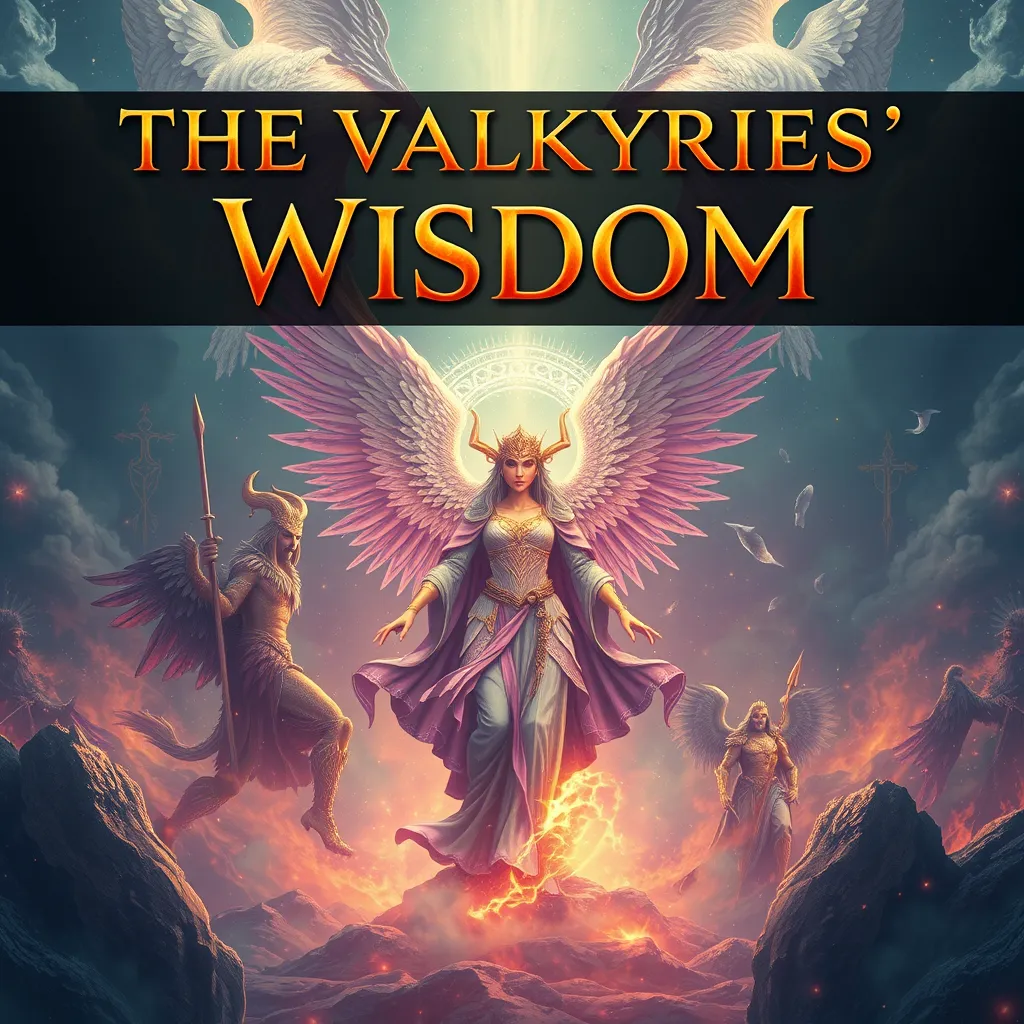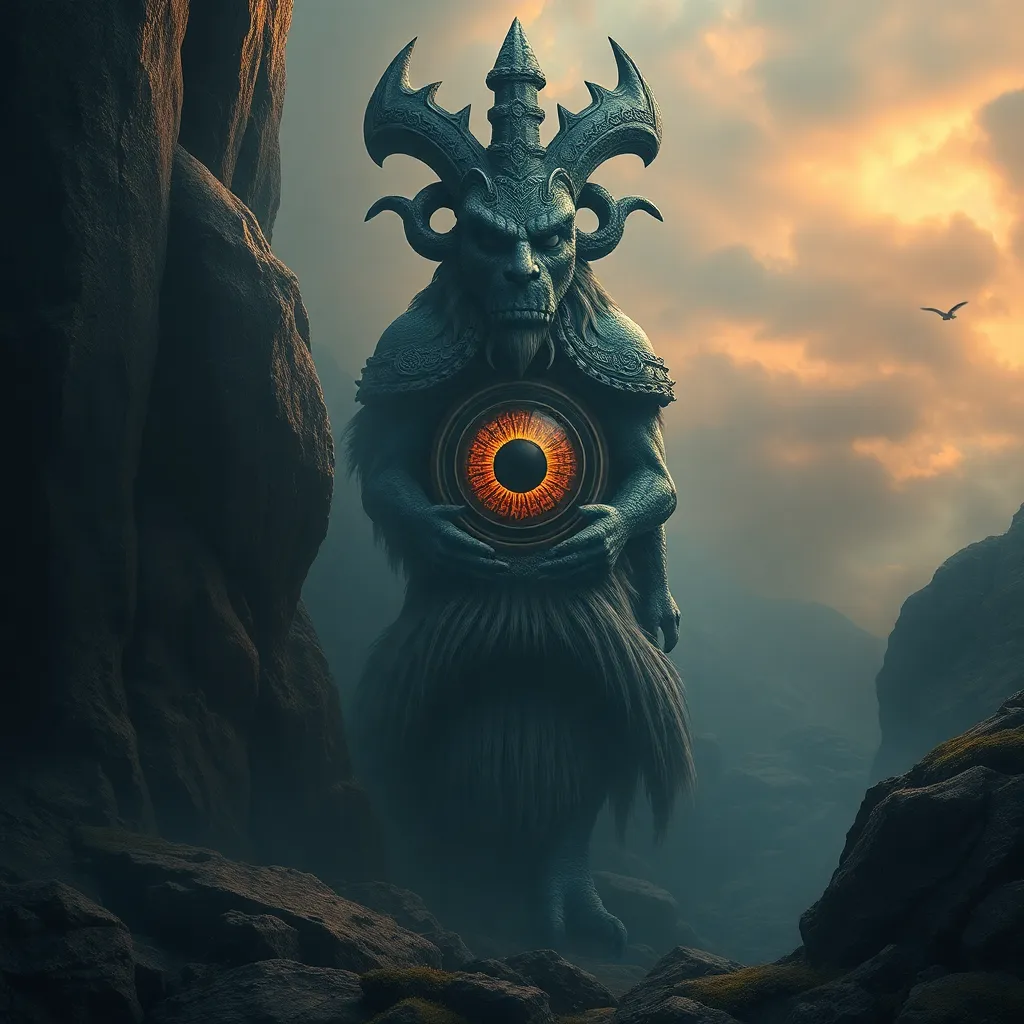The Legacy of the Harpies: From Ancient Greece to Modern Literature and Art
I. Introduction
The Harpies, winged spirits from Greek mythology, are often depicted as fearsome creatures with the bodies of birds and the faces of women. Traditionally, they are known for their swift movement and their role as agents of punishment, snatching away individuals and carrying them to the underworld. This article explores the legacy of the Harpies, tracing their evolution from ancient mythology to their representation in modern literature and art.
II. The Origins of the Harpies in Greek Mythology
A. Historical context and early depictions
The Harpies first appeared in Greek mythology in the 8th century BCE. They are closely associated with the wind and are often considered personifications of storms. In early depictions, such as on pottery and in texts like Hesiod’s “Theogony,” the Harpies are shown as fierce, monstrous beings, often depicted snatching away people or stealing food.
B. Symbolism and significance in ancient Greek culture
The Harpies symbolize the destructive forces of nature and the uncontrollable aspects of fate. In ancient Greek culture, they served as a reminder of the consequences of human actions, particularly in relation to divine will. Their swift and capricious nature embodied the unpredictability of life and death.
III. The Harpies in Classical Literature
A. Key literary works featuring Harpies (e.g., Homer, Virgil)
Harpies are featured prominently in classical texts, including Homer’s “Odyssey” and Virgil’s “Aeneid.” In the “Odyssey,” they are depicted as tormentors of the blind seer Phineas, stealing his food and driving him to despair. Virgil also references them in the “Aeneid,” where they are associated with the punishment of the Trojans, highlighting their role as agents of chaos.
B. Analysis of their roles and representations in these texts
The Harpies serve various functions in these literary works, including:
- Representations of divine wrath and punishment.
- Symbols of human suffering and helplessness against fate.
- Agents of chaos that disrupt the lives of the protagonists.
Their roles often reflect the broader themes of justice and retribution in Greek literature.
IV. Evolution of the Harpy Mythos through the Ages
A. Transformation of the Harpy image in the Roman era
During the Roman era, the image of the Harpy began to shift. While they still retained their fearsome qualities, Roman depictions often emphasized their beauty and allure, blending their monstrous aspects with more ethereal, graceful features. This transformation reflects the Romans’ interest in the aesthetic and symbolic interpretations of mythological beings.
B. Influence of the Harpies on medieval and Renaissance literature
In medieval literature, the Harpies were often associated with witchcraft and evil spirits, reflecting the societal fears of the time. During the Renaissance, their image evolved further as artists and writers began to explore themes of femininity and power. Harpies became symbols of the duality of women’s roles in society—both nurturing and destructive.
V. The Harpies in Modern Literature
A. Contemporary authors who draw inspiration from Harpy mythology
In modern literature, several authors have drawn inspiration from the myth of the Harpies, reinterpreting them in various contexts. Notable examples include:
- Margaret Atwood in her poem The Harpy, where she explores themes of vengeance and transformation.
- Neil Gaiman in “American Gods,” where mythological figures are reimagined in contemporary settings.
B. Thematic exploration in modern narratives (e.g., feminism, power dynamics)
Modern narratives often reflect on themes such as feminism and power dynamics through the lens of the Harpy myth. Contemporary interpretations may portray Harpies as figures of empowerment, challenging traditional notions of femininity and societal roles. This shift allows for a deeper exploration of identity, autonomy, and the complexities of human emotion.
VI. Artistic Representations of the Harpies
A. Overview of visual art depicting Harpies from antiquity to today
The Harpies have been a subject in visual art for centuries, starting from ancient Greek pottery to Renaissance paintings and modern installations. Artists have depicted them in various forms, capturing their dual nature as both beautiful and terrifying creatures.
B. Analysis of iconic artworks and their interpretations of the Harpy myth
Some iconic artworks include:
- The “Harpies” fresco by Giovanni Battista Tiepolo, showcasing their ethereal beauty.
- John William Waterhouse’s paintings that often highlight the seductive aspects of female figures, including Harpy-like characters.
These works reflect the ongoing fascination with the Harpy myth and its symbolic resonance in different artistic movements.
VII. The Harpies in Popular Culture
A. Examination of Harpies in film, television, and gaming
In popular culture, Harpies have appeared in various forms of media. They are often featured in fantasy films, television series, and video games as creatures embodying chaos and danger. Examples include:
- Harpies in the “Percy Jackson” film series, where they are portrayed as antagonistic creatures.
- Video games like “God of War” that incorporate Harpy-like beings as formidable foes.
B. Impact on modern storytelling and cultural perceptions
The depiction of Harpies in modern media has influenced cultural perceptions, often reinforcing the idea of women as both powerful and dangerous. These portrayals contribute to ongoing discussions about gender, power, and the representation of women in storytelling.
VIII. Conclusion
The legacy of the Harpies is a testament to their enduring presence in mythology, literature, and art. From their origins in ancient Greece to their modern reinterpretations, the Harpies continue to inspire and provoke thought. Their relevance in contemporary discourse reflects the complexities of human experience, particularly in relation to femininity and power. As society evolves, so too does the understanding and representation of these enigmatic figures, ensuring that their legacy will persist for generations to come.



